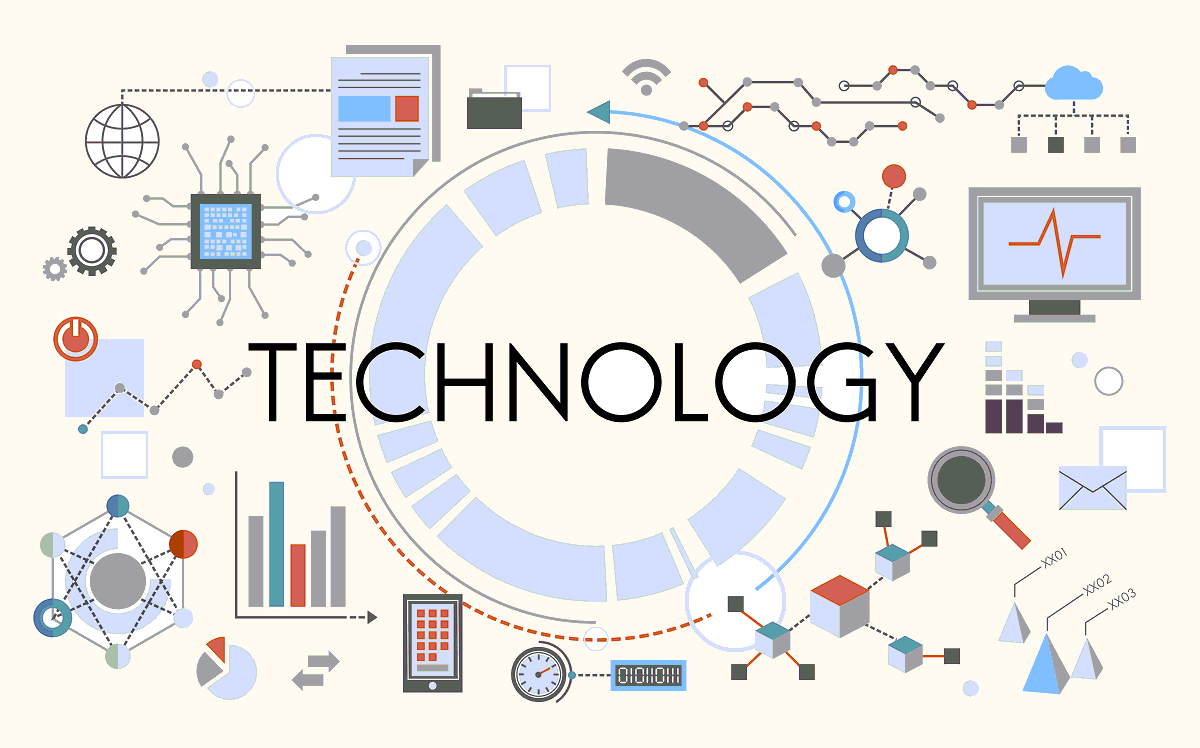
Technology has revolutionized many aspects of our lives, and education is no exception. Over the past few decades, technology has played a crucial role in transforming the way we learn and teach. The integration of technology in education, also known as edtech, has provided numerous benefits to students and teachers, but it has also brought forth a range of challenges that need to be addressed. In this article, we will explore the impact of technology on education and provide insights on how to maximize its benefits while minimizing its drawbacks.
Current State of Technology Integration in Education and its Benefits
According to a recent study by the Pew Research Center, 94% of teachers believe that technology has a positive impact on students’ communication skills. Technology in the classroom has also helped to create a more engaging and interactive learning experience for students, which can lead to increased motivation and student achievement.
One of the key benefits of technology in education is its ability to personalize learning. With the use of learning management systems, educational apps, and online resources, students can receive customized lessons and assignments that are tailored to their individual needs and learning styles. This type of personalized learning can help to increase student engagement and motivation, which can ultimately lead to better academic performance.
Additionally, technology has expanded access to education to students who would otherwise be unable to attend school. This includes students living in rural areas, students with disabilities, and students who are unable to afford a traditional education. Through the use of digital resources and online classes, students can now receive a high-quality education from the comfort of their own homes.
Potential Challenges of Technology in Education
While the integration of technology in education has many benefits, there are also potential challenges that need to be addressed. One of the biggest challenges is the digital divide, which refers to unequal access to technology and the internet. This can create disparities in educational opportunities for students who live in low-income communities or rural areas, where access to technology and the internet is limited.
Another challenge is online security. With the increase in online classes and the use of technology in the classroom, there is a growing concern about the security of student data and privacy. As more sensitive information is stored and shared online, it becomes increasingly important to ensure that appropriate measures are in place to protect students and teachers.
Future of Technology in Education
The integration of technology in education is only going to continue to grow in the future. The use of artificial intelligence, virtual reality, and other advanced technologies are already being explored in education, and it is likely that these technologies will become more prevalent in the classroom in the coming years.
One of the biggest trends in edtech is the use of gamification in education. This refers to the use of game elements, such as points, rewards, and competition, in non-game contexts to motivate and engage students. Gamification has been shown to be an effective way to increase student motivation and engagement, and it is likely that we will see more and more of it in the classroom in the future.
Best Practices for Educators in Implementing Technology in their Teaching
As technology continues to play an increasingly important role in education, it is important for educators to be prepared to implement technology in their teaching. Here are some best practices for educators to consider when integrating technology in the classroom:
Start Small: It is best to start with a few small technology-enhanced projects before diving into full-scale implementation. This will help teachers to become more comfortable with the technology and identify any potential challenges.
Keep it Simple: Teachers should avoid using technology for technology’s sake and instead use it to enhance and support their teaching. It’s important to remember that technology should not replace good teaching but rather complement it. Using technology to simply replicate traditional teaching methods will not improve student learning outcomes. Instead, educators should explore new ways to use technology to engage students and enhance the learning experience.
One of the best practices in implementing technology in the classroom is to start small and gradually scale up. Teachers can start by incorporating technology into one or two lessons and then expand from there. It’s also important to get feedback from students and make adjustments based on their needs and preferences.
Conclusion
In conclusion, technology has the potential to revolutionize education and improve student outcomes. However, it’s important to be aware of the potential challenges and ensure that technology is used effectively and responsibly. Educators, teachers, school administrators, policymakers, students, and parents should work together to ensure that technology is used to support and enhance the learning process. With the right approach, technology can provide new opportunities for students and teachers alike, and help shape the future of education.
Information Technology




